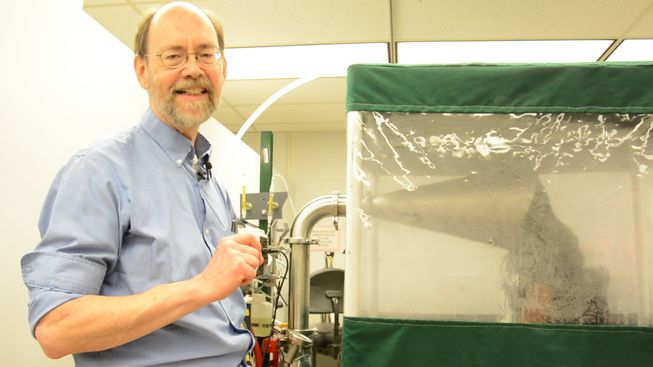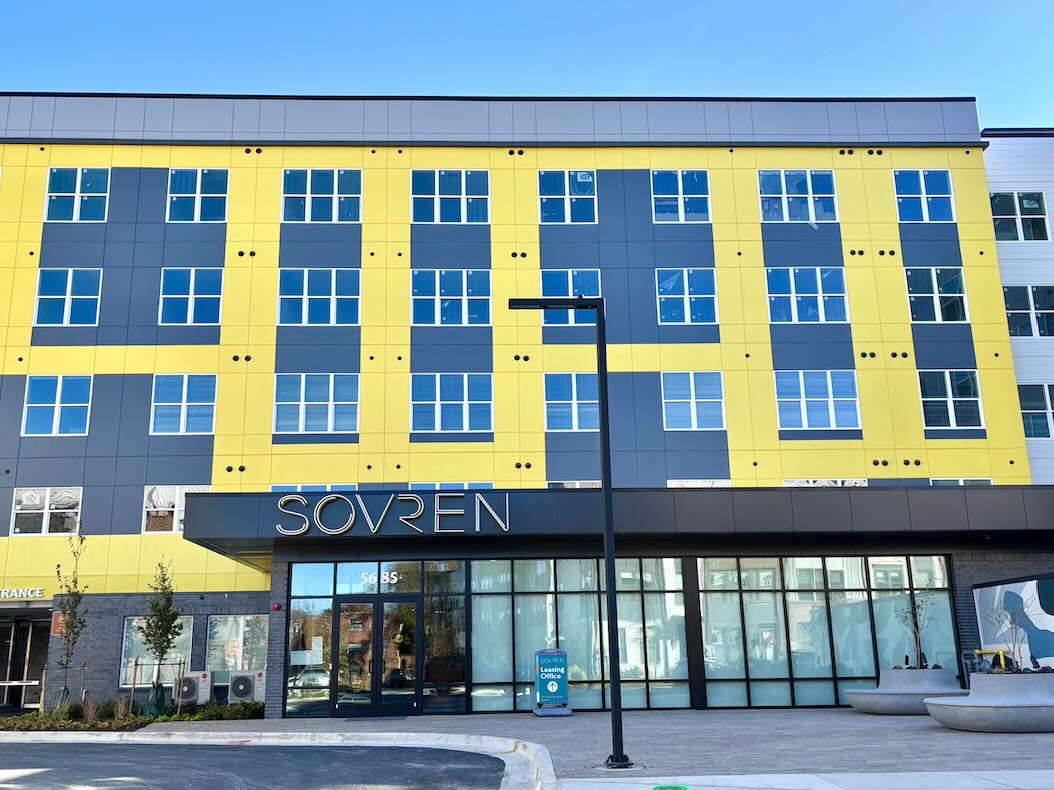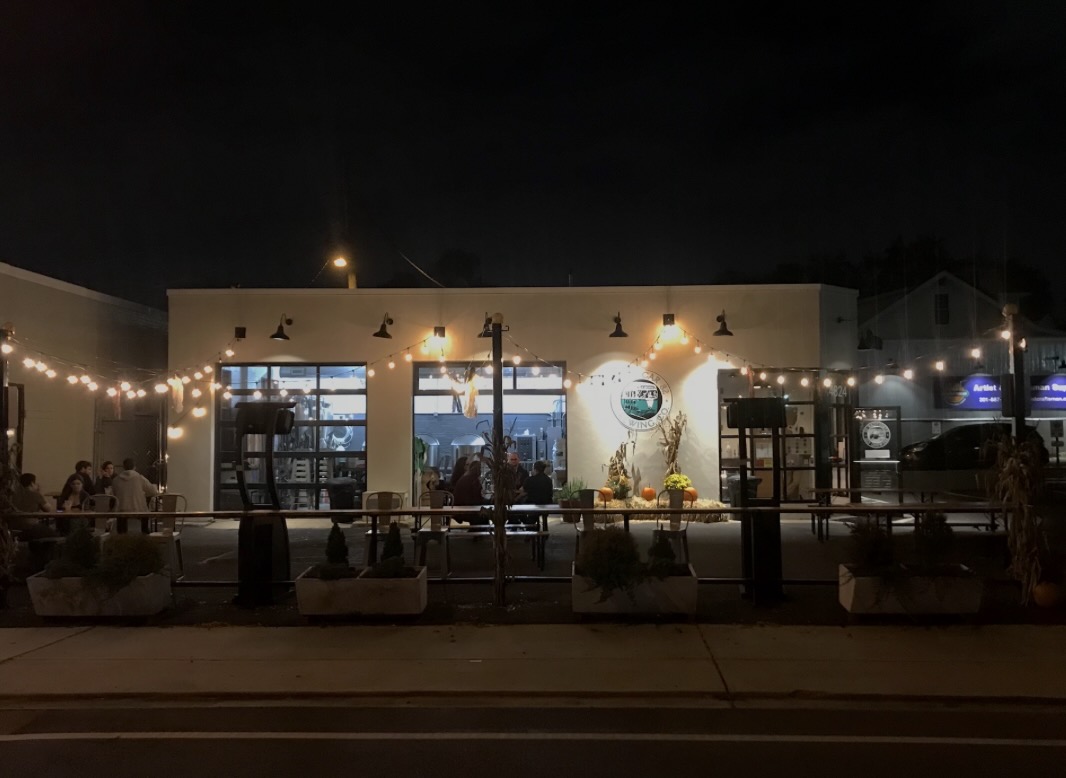
Dr. Donald Milton has long used a handmade contraption he calls the “Gesundheit machine” to study the amount of everyday viruses exhaled by student volunteers. Gesundheit, borrowed from German, is used to wish good health on someone who has just sneezed. Now his research is being used to fight the coronavirus.
A professor of environmental health at the University of Maryland’s School of Public Health, Milton has been recently cited in a number of stories including in the New York Times and Science Daily discussing how the coronavirus may spread from person to person.
Milton initially developed the Gesundheit to better understand the flu, and how it spreads, in order to find more effective ways to slow it. His work has been featured everywhere from Scientific American to NPR.
His most recent study, done in collaboration with researchers in Hong Kong and at Harvard, looked at the effectiveness of surgical masks in reducing the amount of flu and coronaviruses people exhaled.
The results, published earlier this month in Nature Medicine, were positive.
“We detected coronavirus in respiratory droplets and aerosols in 3 of 10 (30 percent) and 4 of 10 (40 percent) of the samples collected without face masks, respectively, but did not detect any virus in respiratory droplets or aerosols collected from participants wearing face masks,” the researchers wrote.
The Centers for Disease Control and Prevention recommends that Americans voluntarily wear cloth face coverings to slow the spread of coronavirus, while saving surgical masks and N95 respirators for health care workers.
As Milton said in a recent interview with Rolling Stone, the masks do more to help you stop from unwittingly infecting others than keeping you from getting sick.
“It is going to capture stuff that is otherwise coming into your lungs, so it might do a little bit on the recipient,” he said. “I think it does less on the recipient. It’s going to do more on the source.”
Milton was one of four presenters at a symposium on Covid-19 at UMD’s public health school in late February.

















